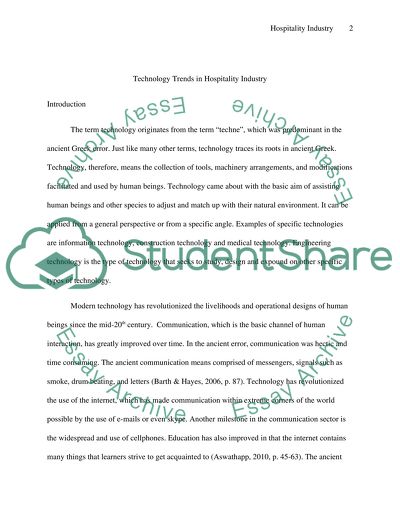Cite this document
(“Technology trends in Hospitality Industry Essay”, n.d.)
Retrieved from https://studentshare.org/miscellaneous/1674107-technology-trends-in-hospitality-industry
Retrieved from https://studentshare.org/miscellaneous/1674107-technology-trends-in-hospitality-industry
(Technology Trends in Hospitality Industry Essay)
https://studentshare.org/miscellaneous/1674107-technology-trends-in-hospitality-industry.
https://studentshare.org/miscellaneous/1674107-technology-trends-in-hospitality-industry.
“Technology Trends in Hospitality Industry Essay”, n.d. https://studentshare.org/miscellaneous/1674107-technology-trends-in-hospitality-industry.


